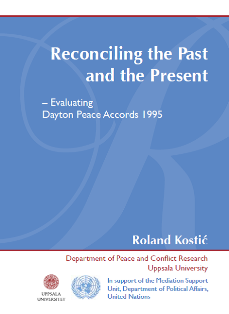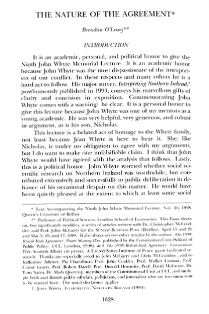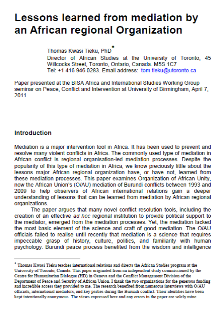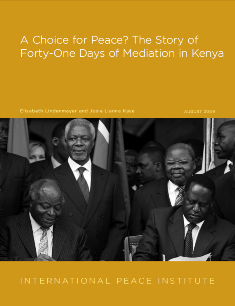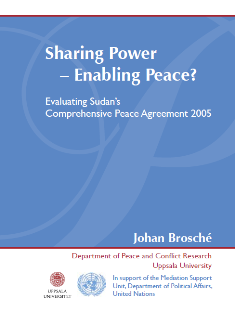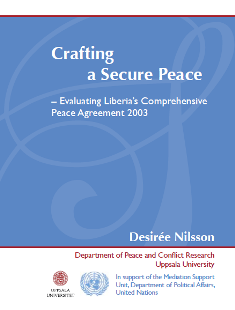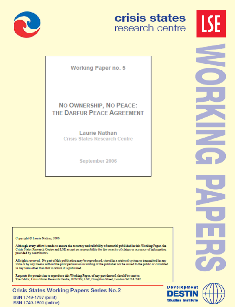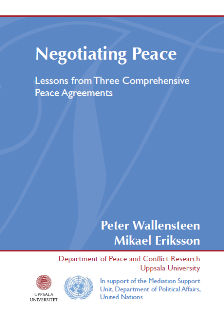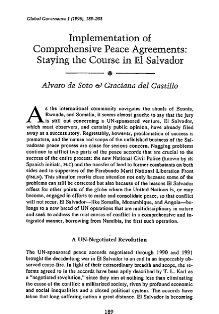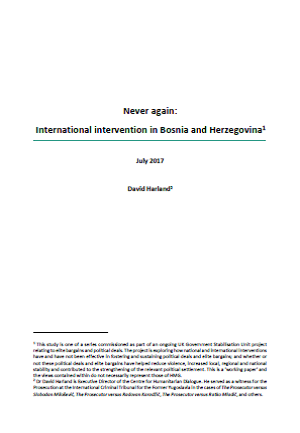
2017 | Author: David Harland
Never again - International Intervention in Bosnia and Herzegovina
This study is one of a series commissioned as part of an ongoing UK Government Stabilisation Unit project relating to elite bargains and political deals. The paper explores the international intervention in Bosnia and Herzegovina and its effectiveness in fostering and sustaining political deals and elite bargains; and whether or not these political deals and elite bargains have helped reduce violence, increased local, regional and national stability and contributed to the strengthening of the relevant political settlement.
